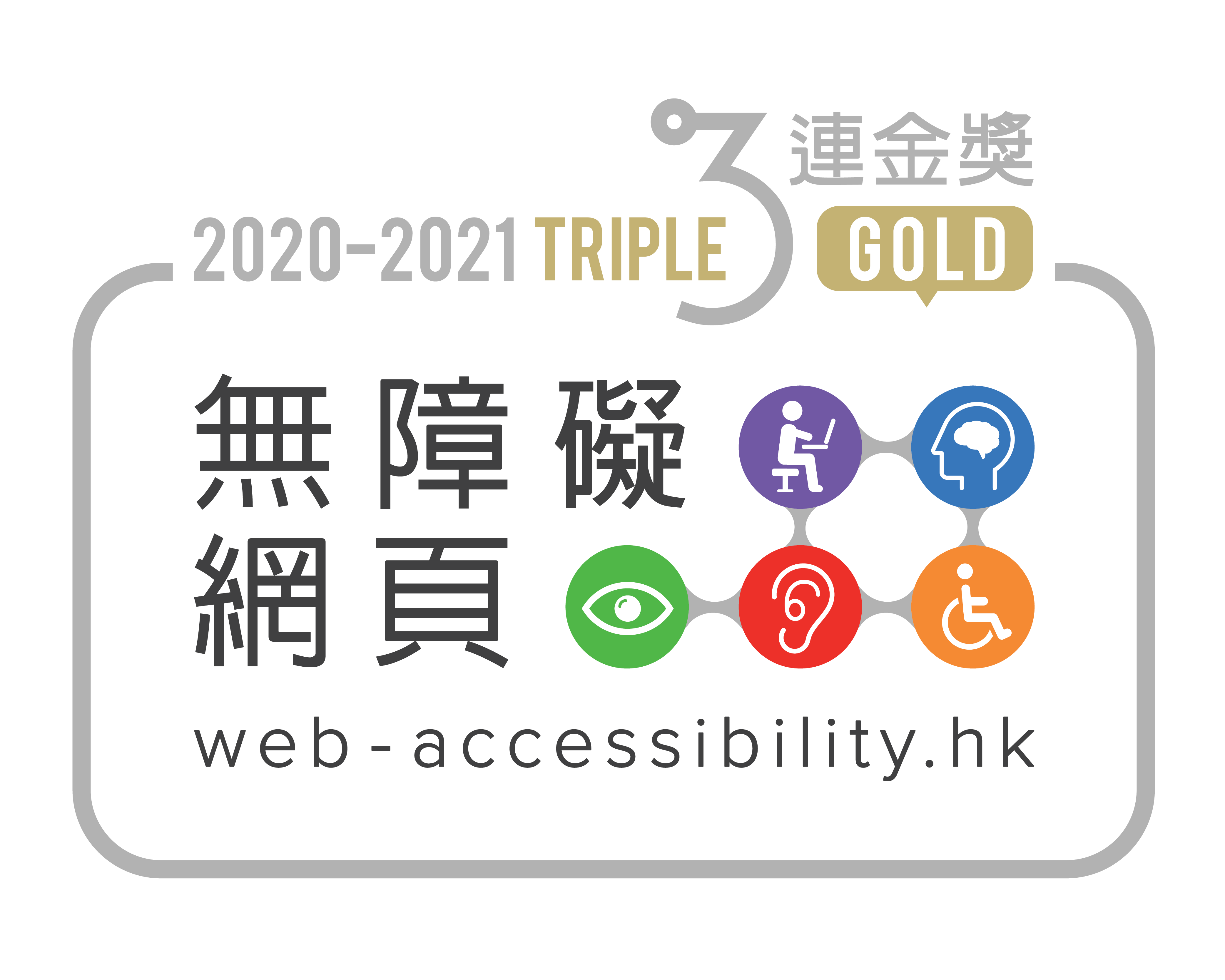Achievements
Which vaccine should I take?
Currently there are two types of vaccines provided by the Hong Kong Government. One is provided by Sinovac Biotech (Hong Kong) Limited using an inactivated virus technology platform (known as CoronaVac). The other type is provided by Fosun Pharma in collaboration with the German drug manufacturer BioNTech (BNT162b2 mRNA vaccine), which is using an mRNA technology platform (known as Comirnaty). What should we consider before taking the vaccine? We have invited Dr. Justin Wu, the Chief Operating Officer of CUHK Medical Centre to share the relevant information with us.
———————
Q: What are the differences between the two types of vaccines? And how do we choose?
A: The CoronaVac adopts the traditional inactivated virus technology. It contains inactivated (killed) SARS-CoV-2 viruses, which causes the immune system (the body’s natural defences) to produce antibodies and blood cells that work against the virus, so giving protection against COVID-19. As the vaccine only contains the killed virus, with no infection of COVID-19, it protects people with a level of efficacy and side effect comparable to traditional influenza vaccines. From observation of the antibodies response, the vaccine efficacy is around 50-70%. Yet, figures show that the CoronaVac in Chile has greatly reduced the risk of complications from coronavirus disease and the need for hospitalization in an intensive care unit.
As for Comirnaty, it causes the immune system to produce antibodies and blood cells that work against the virus, so giving protection against COVID-19. It does not contain the virus to produce immunity. With its advanced technology, its efficacy could be higher. However, the vaccine come with a strong activated immune response from which about 20-30% adults will develop temporary side effects, such as tiredness, headache and fever.
In my opinion, as the vaccine efficacy of Comirnaty vaccine is higher, it gives better protection for the high-risk group, including the elderly, chronic disease patients and their caretakers. As for the others, they are free to choose the traditional vaccine or the vaccine using the new technology which may come with more severe side effects.
———————
Q: What kind of data should we consider before taking the vaccine?
A: People can look for the data on vaccine efficacy in clinical studies. Comirnaty has 95% efficacy. According to the data from the Phase three clinical trials, the CoronaVac vaccine has 100% efficacy in preventing hospitalization, severe illness and death, 83.7% efficacy in preventing obvious symptoms and a need for medical treatment, and 50.65% efficacy in preventing mild symptoms and not requiring medical treatment. Yet, there is limited efficacy data for people aged 60 or above in this clinical trial.
According to the statistics from the Hospital Authority, the death rate of stroke and acute myocardial infarction is 6.8 out of 100,000 cases among unvaccinated patients, while the death rate among vaccinated patients is only 0.8 out of 100,000 cases. Although these two sets of data could not be compared directly due to the differences in age and other risk factors, it is certain that the death rate of those taking the vaccine does not grow at an abnormal rate.
From the data of the CUHK Medical Centre’s community vaccination centre, as of 12 May, 69,445 doses of vaccine were given. Among them, 37 people were transferred to the public hospital for observation due to feeling unwell after the vaccination, giving a probability of 5 out of 100,000. The pandemic is spreading worldwide so the infection risk to unvaccinated people is high. Among the coronavirus disease patients, there is a 20% chance of triggering severe complications which can even cause death. Therefore, if we choose not to “take the shot”, the risk of developing severe complications will be 20%, which is much higher than the 0.0005% for those who have received the vaccination.
———————
Q: Is it necessary to complete two doses of a vaccine? Can a recipient take another type of vaccine after receiving one type?
A: According to the government, both Comirnaty and CoronaVac can give protection only after two doses of vaccine are received. Due to insufficient data available on the interchangeability of COVID-19 vaccines, recipients are advised to complete two doses with the same type of vaccine. As for the dosing schedule, the two doses of CoronaVac should be administered 28 days apart, while the two doses of Comirnaty should be administered 21 days apart.


